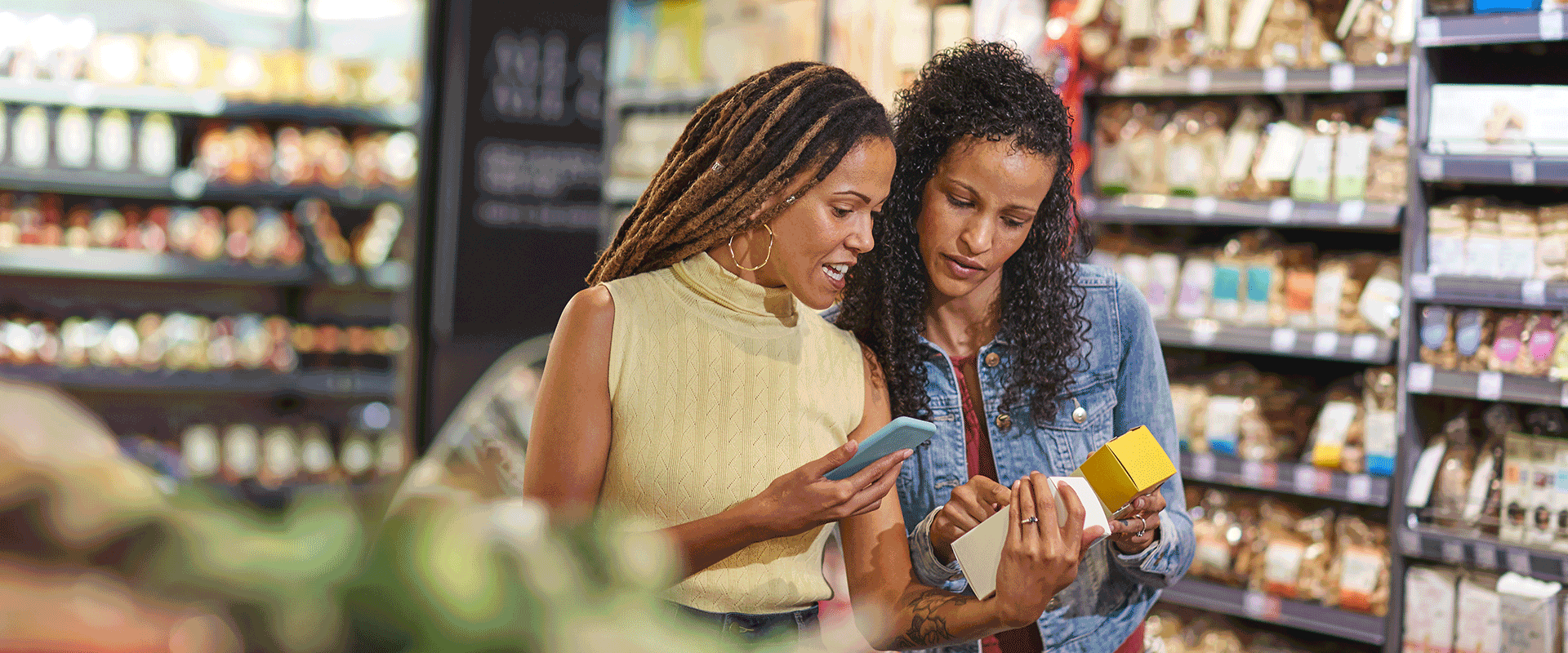
Sustainability Under Pressure: How European Brands Are Balancing Goals and Realities
Part 3 of a four-article series on the 2025 European Brand Owner Packaging Survey
- Article

Part 3 of a four-article series on the 2025 European Brand Owner Packaging Survey
Sustainability continues to rank high on the strategic agenda for European brand owners, but the landscape is evolving. While most remain committed to long-term goals, cost pressures, limited material access and regulatory inertia are complicating execution. In 2025, the sustainability conversation is shifting from just being about ambition to focusing on tradeoffs, realism and targeted action.
L.E.K. Consulting’s fourth annual European Brand Owner Packaging Survey, conducted between December 2024 and January 2025, reveals a more grounded but still active sustainability push. With 645 brand owners surveyed across Germany, France, the UK, Spain, Italy and Poland, the data offers a detailed view into how packaging leaders are defining, funding and operationalising sustainable change.
This article, the third in our series, focuses on the state of sustainable packaging, examining how definitions are evolving, what actions brands are prioritising and what barriers are holding them back. Previous articles explored innovation trends and cost management.
European brand owners report that 42% of their current packaging spend is allocated to sustainable materials — a significant jump from 28% just four years ago. That number is expected to rise to 59% by 2028, which suggests a slight acceleration.
Geographically, there is meaningful variation. France leads with 45% of packaging budgets currently directed to sustainable solutions, while Poland trails at 39%. These differences reflect market maturity, consumer pressure and supply chain readiness at the local level (see Figure 1).
Compared to previous years, however, sustainability has declined in overall importance, particularly in the context of substrate change. Cost and aesthetics now lead the list of priorities, while sustainability has dropped to sixth place (see Figure 2).
When asked to define sustainable packaging, brand owners pointed to supplier-level criteria and emissions performance — not just materials. The top three definitions were:
Interestingly, circularity definitions, such as those mentioning recyclable or compostable materials, ranked lower. This shift signals a maturing view of sustainability, one that reflects carbon impact and systemic change taking priority over material-focused solutions (see Figure 3). This may also be driven by the fact that circularity faces challenges in recyclable materials’ properties (often lacking the barrier properties of multi-laminate, non-recyclable materials) and/or in recycling infrastructure availability.
Even with rising ambitions, supply challenges are real. Nearly 1 in 5 brand owners (18%) report they do not currently have access to enough sustainable packaging materials. This issue disproportionately affects smaller brands, but even larger players don’t always have solutions available.
Among those facing shortfalls, most are not waiting for suppliers to catch up. Roughly 80% say they are considering investment in mechanical recycling and/or collection capabilities to secure sustainable material flows (see Figure 4a). This is particularly evident in sectors like beverage (e.g. coffee pod collection programmes), beauty and personal care (toiletry packaging return schemes) and healthcare (injector pen recycling) (see Figure 4b).
The actions brands expect to take between now and 2028 show a clear pivot away from surface-level changes towards deeper supply chain interventions. In addition to supplier criteria and emissions reduction, mono-material formats, biodegradable inputs and post-consumer recycled content feature prominently on forward-looking roadmaps.
But ambition doesn’t always equal follow-through. The data shows that some areas, particularly those requiring investment in renewable energy or lightweighting, are seeing slower action, suggesting that cost and operational barriers remain significant.
The top reason brand owners cite for slow progress on sustainable packaging? Cost competitiveness. Nearly 60% of respondents identified the inability to pass cost increases on to consumers, particularly in the absence of regulatory support, one of the top barriers to adoption. With the emergence of new tariffs on international trade, this concern will be even more pronounced for the products and trade flows which are affected.
This concern is most acute among larger companies, which face steeper complexity and scale-related challenges. Smaller firms, meanwhile, are more likely to cite the slow pace of regulatory change as their main frustration — a sign that they’re willing to act but lack policy tailwinds.
Another frequently cited issue is concerns over the performance of sustainable materials, such as potential reductions in shelf life (see Figure 5).
For all the headwinds, brand owners remain broadly optimistic about their sustainability trajectory, but future success will require recalibrating expectations. The sustainability agenda must deliver on operational feasibility, cost containment and regulatory compliance. The winners will be those that focus on measurable impact and partner smartly with their customers and across the value chain.
In the next instalment in our series, we’ll look at the key differences (and a few important similarities) between European and US packaging agendas.
Please contact us to find out more.
L.E.K. Consulting is a registered trademark of L.E.K. Consulting. All other products and brands mentioned in this document are properties of their respective owners. © 2025 L.E.K. Consulting